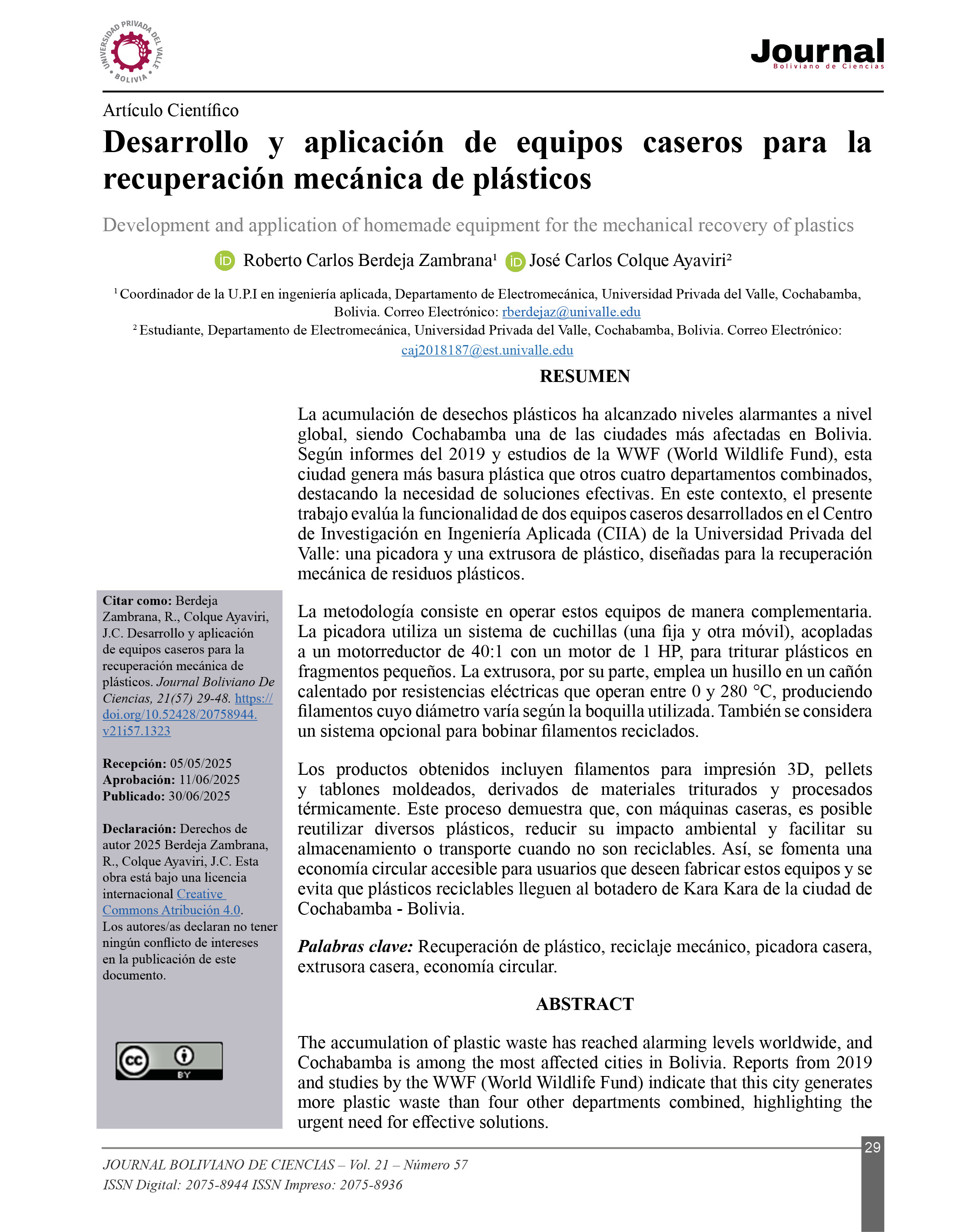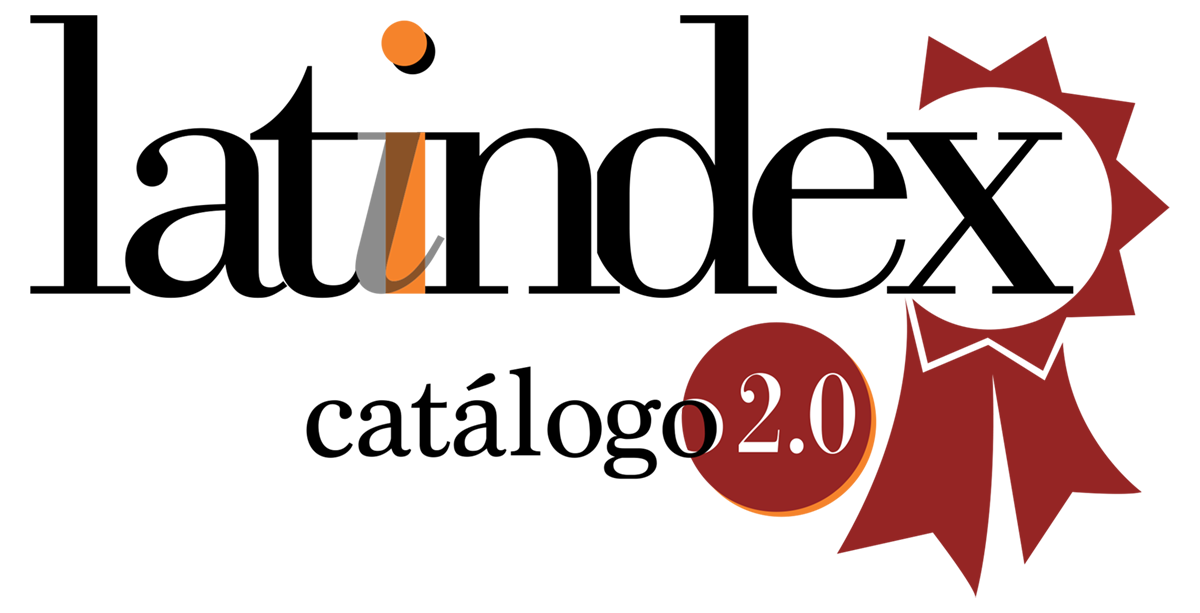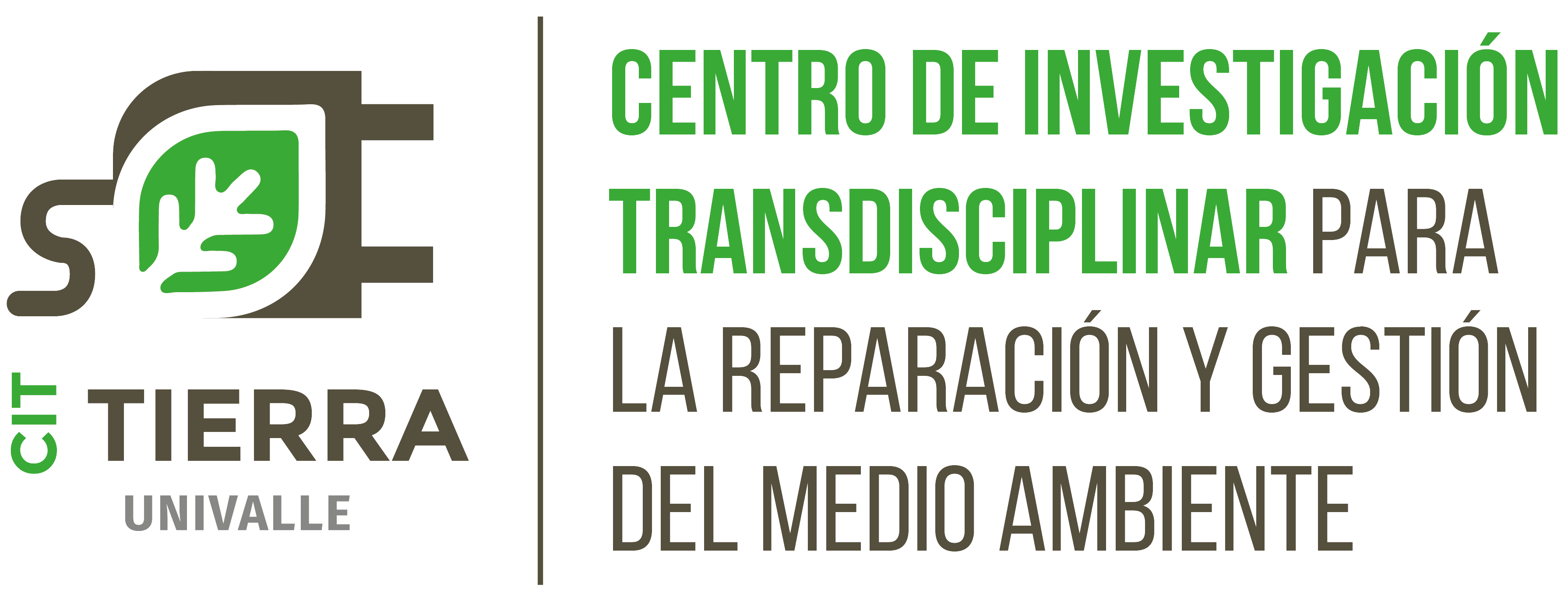Development and application of homemade equipment for the mechanical recovery of plastics
DOI:
https://doi.org/10.52428/20758944.v21i57.1323Keywords:
plastic recovery, mechanical recycling, homemade mincer, homemade extruder, circular economyAbstract
The accumulation of plastic waste has reached alarming levels worldwide, and Cochabamba is among the most affected cities in Bolivia. Reports from 2019 and studies by the WWF (World Wildlife Fund) indicate that this city generates more plastic waste than four other departments combined, highlighting the urgent need for effective solutions.
In this context, this study evaluates the functionality of two homemade devices developed at the Research Center for Applied Engineering (CIIA) of the Universidad Privada del Valle: a plastic shredder and an extruder, designed for the mechanical recovery of plastic waste.
The methodology involves operating these devices in a complementary manner. The shredder uses a blade system (one fixed and one mobile), coupled to a 40:1 gear motor with a 1 HP motor, to grind plastics into small fragments. The extruder, in turn, employs a screw inside a barrel heated by electric resistors operating between 0 and 280 °C, producing filaments whose diameter varies depending on the nozzle used. An optional system for winding recycled filaments is also considered.
The resulting products include 3D printing filaments, pellets, and molded boards, derived from shredded and thermally processed materials. This process demonstrates that, with homemade machines, it is possible to reuse various plastics, reduce their environmental impact, and facilitate their storage or transportation when they are not recyclable. In this way, an accessible circular economy is promoted for users interested in manufacturing these devices, and recyclable plastics are prevented from ending up in the Kara Kara landfill in Cochabamba, Bolivia.
Downloads
References
Dnatives. (2023, marzo 10). Filamentos reciclados para impresión 3D: ¿una opción sostenible? https://www.3dnatives.com/es/filamentos-reciclados-impresion-3d-100320234/
Andrady, A. L. (2015). Plásticos y el medio ambiente. John Wiley & Sons.
Brydson, J. A. (2001). Materiales plásticos (7ª ed.). Editorial Reverté.
Calculator Ultra. (s.f.). Extruder output calculator. https://www.calculatorultra.com/es/tool/extruder-output-calculator.html
DKV. (2024, abril 29). Tipos de plásticos: clasificación y reciclaje. https://dkv.es/corporativo/blog-360/medioambiente/reciclaje/tipos-de-plasticos-clasificacion-reciclaje
Gálvez, J., Figueroa, L. A., Vásquez, A., & Martínez, D. (2020). Influence of screw speed on PLA properties. Polymers, 12(9), 2111. https://www.mdpi.com/2073-4360/12/9/2111
DOI: https://doi.org/10.3390/polym12092111 DOI: https://doi.org/10.3390/polym12092111
PMid:32948042 PMCid:PMC7570249
Grupo Petrop. (s.f.). ¿A qué temperatura debo trabajar mi materia prima para productos de plástico? https://www.grupopetrop.com/noticias/a-que-temperatura-debo-trabajar-mi-materia-prima-para-productos-de-plastico/
Instituto de Gestión de Residuos Plásticos. (2020). Iniciativas globales de reciclaje de plásticos. Instituto de Gestión de Residuos Plásticos.
Interempresas. (2011). La producción mundial de plásticos crece un 4 por ciento. https://www.interempresas.net/Plastico/Articulos/69791-La-produccion-mundial-de-plasticos-crece-un-4-por-ciento.html
Interempresas. (2022). Extrusora para grancear plástico: Qué es y cómo funciona. https://www.interempresas.net/Plastico/Articulos/260036-Extrusora-para-grancear-plastico-Que-es-y-como-funciona.html
Los Tiempos. (2024, septiembre 19). Se abre el diálogo en K'ara K'ara. https://m.lostiempos.com/actualidad/cochabamba/20240919/se-abre-dialogo-kara-kara-recicladores-intensifican-su-labor
Matmatch. (s.f.). Thermoplastics material properties database. https://www.matmatch.com
MMAyA (Ministerio de Medio Ambiente y Agua). (2011). Diagnóstico sobre residuos sólidos en Bolivia. https://leiturasdaamerica.blogspot.com/2011/12/bolivia-genera-al-ano-17-millones-de-t.html
Naylors, R., & Papageorgiou, D. (2014). Reciclaje de plásticos: Teoría y práctica. Springer.
Plastico.com. (2021). Todo sobre las trituradoras de plástico: aplicaciones y ventajas. https://www.plastico.com/es/noticias/todo-sobre-las-trituradoras-de-plastico-aplicaciones-y-ventajas
Plastico.com. (s.f.). Extrusoras de plástico: todo lo que debe conocer. https://www.plastico.com/es/noticias/extrusoras-de-plastico-todo-lo-que-debe-conocer
Polyretec. (s.f.). Línea de reciclaje de plástico y extrusoras para granceado. https://www.polyretecrecycling.com/es/productos/
Rosato, D. V., & Rosato, D. V. (2004). Extruding plastics: A practical guide. Springer.
Scribd. (s.f.). Extrusion course material (p. 14). https://es.scribd.com/document/611488933/extrusion-course-material
Sperling, L. H. (2006). Introducción a la ciencia de los polímeros (4ª ed.). Editorial Reverté.
Tadmor, Z., & Gogos, C. G. (2006). Principles of polymer processing (2nd ed.). John Wiley & Sons.
True Geometry. (s.f.). Impact of efficiency on power output. https://blog.truegeometry.com/engineering/Analytics_Impact_of_Efficiency_on_Power_Output_Q_H_100.html
WWF Bolivia. (2019). Diagnóstico sobre el uso de plásticos de un solo uso en Bolivia. https://wwflac.awsassets.panda.org/downloads/diagnostico_plasticos_de_un_solo_uso_wwf_bolivia.pdf

Published
How to Cite
Issue
Section
License
Copyright (c) 2025 Roberto Carlos Berdeja Zambrana, José Carlos Colque Ayaviri

This work is licensed under a Creative Commons Attribution 4.0 International License.
Authors who publish with this journal agree to the following terms:
- Authors retain copyright and grant the journal right of first publication with the work simultaneously licensed under a Creative Commons Attribution License 4.0 that allows others to share the work with an acknowledgement of the work's authorship and initial publication in this journal.
- Authors are able to enter into separate, additional contractual arrangements for the non-exclusive distribution of the journal's published version of the work (e.g., post it to an institutional repository or publish it in a book), with an acknowledgement of its initial publication in this journal.
- Authors are permitted and encouraged to post their work online (e.g., in institutional repositories or on their website) prior to and during the submission process, as it can lead to productive exchanges, as well as earlier and greater citation of published work.














